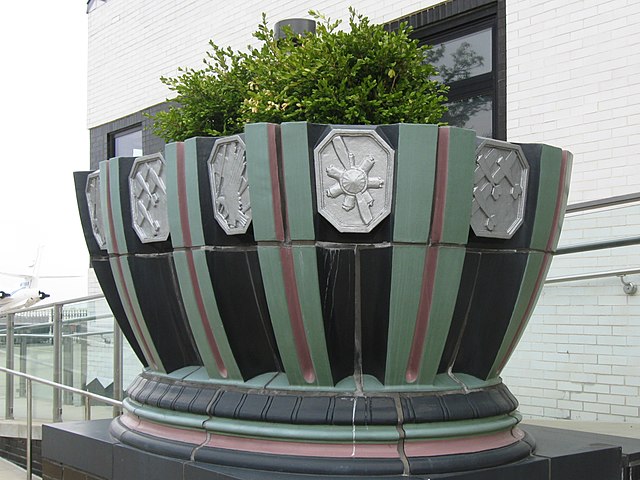


The auditorium of Allegheny High School on the North Side was built in 1936, at the height of the Art Deco era. There are three exits, and the architect’s scheme demanded a relief over each one. So we have Art Deco interpretations of the three masks of the classical theater: Comedy. Tragedy, and Meh.




















